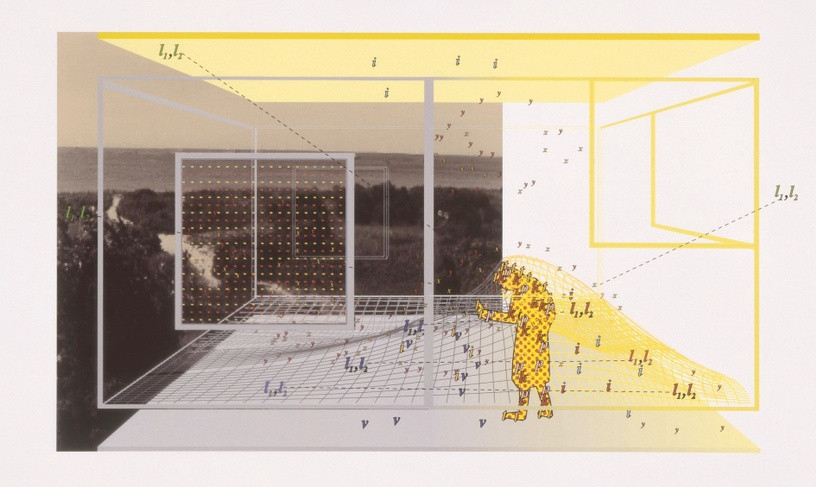Arakawa and Madeline Gins
The exhibition Arakawa and Madeline Gins: Eternal Gradient traces the emergence of architecture as a wellspring of creativity and theoretical exploration for the artist Arakawa (1936-2010) and poet and philosopher Madeline Gins (1941-2014).
In the early 1960s, Arakawa and Madeline Gins began a remarkably original and prolific collaboration that spanned nearly five decades and encompassed painting, installations, poetry, literature, architecture, urbanism, philosophy, and scientific research. Complementing their independent artistic and literary practices, Arakawa and Gins' creative partnership launched with visual, semiotic, and tactile experiments that questioned the limits and possibilities of human perception and consciousness. During the 1980s—a critical juncture in their careers—this line of inquiry became increasingly spatial as Arakawa and Gins together developed a series of speculative architectural projects that sought to challenge the bodily and psychological experience of users. Through these investigations, the artists began to articulate their concept of reversible destiny, arguing for the transformative capacity of architecture to empower humans to resist their own deaths.
The exhibition examines this pivotal exploratory period through a stunning array of original drawings—many exhibited for the first time—as well as archival material and writings that illuminate the working methods and wide-ranging research interests of Arakawa and Gins. It uncovers a little-known body of visionary work that anticipated the artists’ subsequent commitment to architecture and their realization of various “sites of reversible destiny,” including Ubiquitous Site-Nagi’s Ryoanji (1994, Okayama, Japan); Yoro Park (1995, Gifu, Japan); Reversible Destiny Lofts Mitaka (2005, Tokyo, Japan); and Bioscleave House (2008, East Hampton, New York).
Arakawa and Madeline Gins: Eternal Gradient features over 40 hand drawings, an architectural model, and archival material including ephemera, research materials, poetry, manuscripts, photographs, slides, and other items drawn from the Estate of Madeline Gins
